Top Design Specification Mistakes to Avoid in Your UX Workflow
Creating clear, effective design specifications is critical to the success of any UX design process. Yet many teams still struggle with writing specs that developers can understand and use efficiently. If your specs are vague, incomplete, or overly complex, they can cause confusion, slow down development, and lead to common design errors that cost time and resources.
In this article, we explore the most frequent design specification mistakes, how they impact your workflow, and practical strategies for writing better specs. Whether you’re working on a startup product or revamping a corporate site, avoiding these pitfalls can make your process smoother and your designs stronger.
Why Effective Specs Matter in UX Design
Design specs bridge the gap between UX designers and developers. When done well, they ensure that the product is built as envisioned. When done poorly, they become a source of endless clarification requests and bugs. Here’s why clear communication in design is so essential:
- Ensures consistency across platforms
- Reduces development rework
- Supports better collaboration
- Saves time in QA and testing
Need help implementing efficient design-to-dev workflows? Check out Webie’s professional UI/UX services for seamless design implementation.

Common Mistakes in Writing Design Specifications
Let’s break down some of the most typical design specification mistakes that teams make — and how you can avoid them.
1. Using Vague or Subjective Language
Words like “clean,” “modern,” or “easy to use” sound good but mean different things to different people. Specifications should be objective and measurable. Instead of saying “make it look modern,” define the font sizes, spacing, colors, and layout components clearly.
2. Overloading Specs with Irrelevant Details
While details matter, too much information can be overwhelming. Avoid stuffing specs with unrelated notes, internal discussions, or design rationale that developers don’t need.
3. Not Including Context
Designs don’t exist in isolation. Developers need to understand the user flow, screen states, and interactions. Add annotations or links to prototypes to clarify behavior across different states.
4. Skipping Edge Cases
Ignoring edge cases can cause usability issues later. Always document what happens in error states, loading conditions, or when data is missing. This foresight improves the user experience dramatically.
5. Not Collaborating with Developers
Effective specs are a two-way street. If you create specs in isolation, you’re likely missing technical constraints. Schedule design handoffs, ask for developer feedback, and iterate.
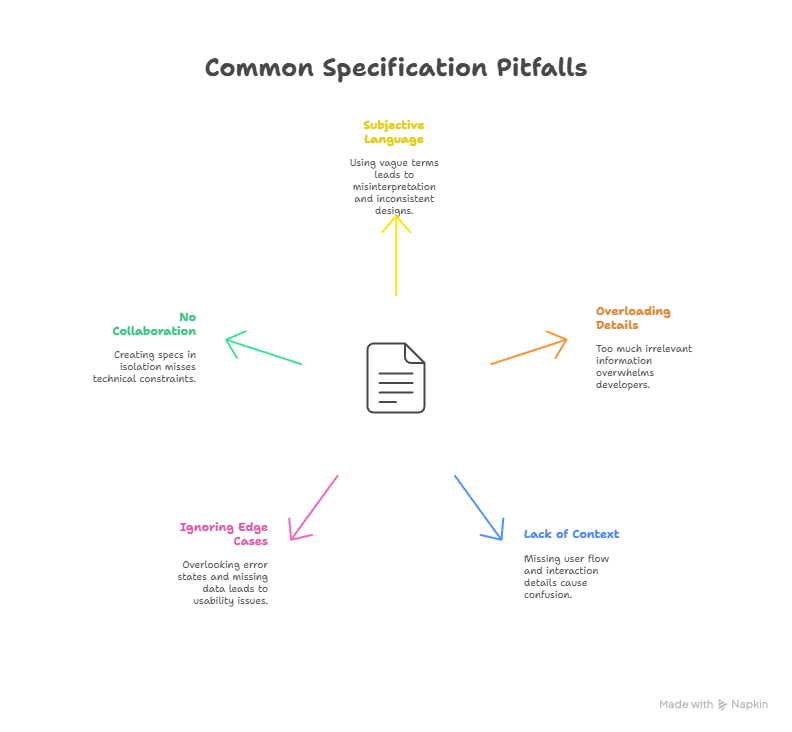
Tips on How to Write Effective Specs
Follow these best practices to avoid the most common design errors and improve how you communicate specs:
- Start with the user flow – Outline the journey before detailing each screen.
- Use standard components – Avoid reinventing the wheel in every screen.
- Be concise but complete – Cover all necessary states, actions, and interactions.
- Include visuals – Annotated mockups or videos work better than walls of text.
- Link to prototypes – Help developers experience the full flow in context.
Need more guidance? Our UX podcast series on BozzaBench covers real-world stories of design challenges and solutions.
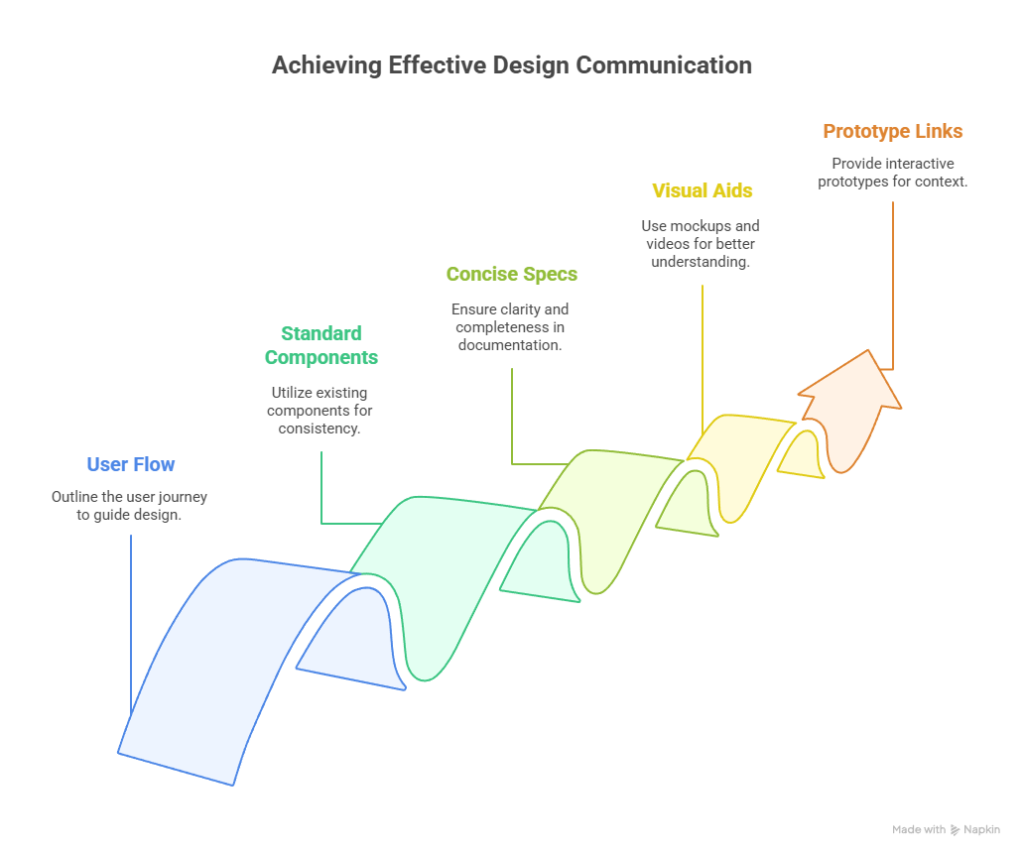
Better Specs, Better Design Outcomes
Avoiding design specification mistakes is not just about documentation — it’s about aligning your team and delivering better products. Clear specs lead to fewer misunderstandings, more efficient development, and ultimately, happier users.
If you’re interested in improving your product design mindset, read our internal post:
👉 Embracing Change in UX Design Through Systems Thinking
✅ Key Takeaways
- Use precise, objective language in all your specs
- Balance clarity with brevity — don’t overwhelm with data
- Always provide full context and interaction states
- Involve developers early and often
- Make specs accessible and easy to navigate
Whether you’re building an app or redesigning a website, avoiding these UX design process errors can greatly improve your project outcomes. For a complete design-to-development workflow solution, explore Webie’s design services.













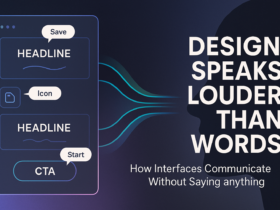









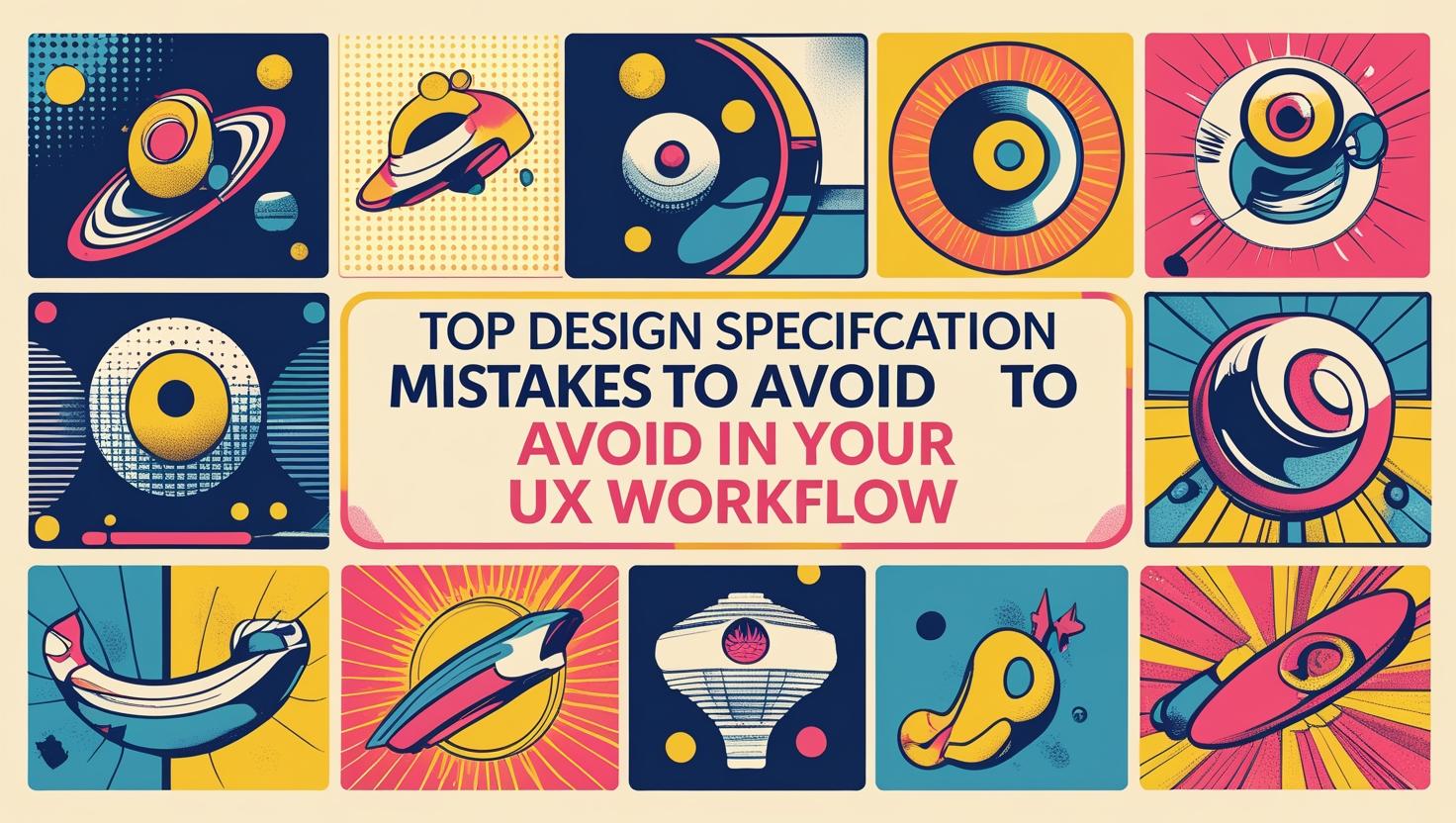


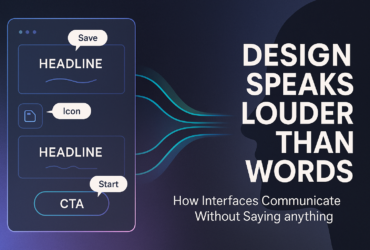
Leave a Reply